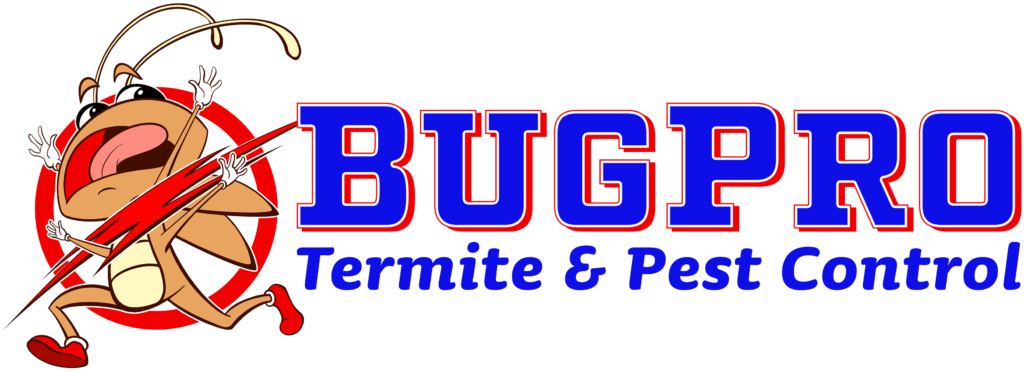
Termites are fascinating creatures that lead intricate and complex lives within their colonies. Here are some insights into the secret life of termites:
1. Social Structure: Termites live in highly organized colonies that consist of different castes, each with specific roles and responsibilities. The caste system includes workers, soldiers, nymphs, and reproductives (kings and queens). Each caste performs essential functions for the survival and success of the colony.
2. Communication: Termites communicate through a variety of signals, including pheromones, vibrations, and sound. These chemical and physical cues help coordinate tasks such as foraging for food, building and repairing the nest, and defending against predators. Termite communication is crucial for maintaining the colony’s cohesion and efficiency.
3. Construction Skills: Termites are master builders known for their impressive architectural abilities. They construct elaborate mounds, nests, and tunnels using a combination of saliva, soil, and chewed wood particles. Termite mounds can vary in size and complexity, with some reaching impressive heights and incorporating intricate ventilation and temperature regulation systems.
4. Feeding Habits: Termites are primarily known for their diet of cellulose-rich materials, such as wood, plant debris, and soil. Certain termite species also engage in symbiotic relationships with microorganisms in their guts that help break down cellulose into digestible nutrients. This symbiosis allows termites to extract nutrients from sources that would otherwise be indigestible.
5. Reproductive Cycle: Termite colonies have a reproductive caste comprising king and queen termites responsible for producing offspring. These royal pairings engage in elaborate courtship rituals, with the queen laying eggs that develop into new workers, soldiers, or reproductives. Termite colonies can persist for years or even decades, with the queen serving as the central figure in colony reproduction.
6. Symbiotic Relationships: Termites form intricate symbiotic relationships not only with gut microorganisms but also with other organisms within their environment. Some termite species harbor mutualistic relationships with fungi, bacteria, or protists, which aid in food digestion, nitrogen fixation, or pathogen resistance. These symbiotic partnerships contribute to the ecological success and resilience of termite colonies.
7. Ecosystem Engineers: Termites play a vital role in ecosystem functioning as decomposers and soil builders. By breaking down organic matter and recycling nutrients, termites help maintain soil fertility, support plant growth, and enhance ecosystem resilience. Their activities shape landscape patterns and influence biodiversity in various habitats.
The secret life of termites reveals a world of social organization, communication, construction, and ecological significance that underscores their importance in natural ecosystems. By understanding the intricate dynamics of termite colonies, we gain appreciation for these remarkable insects and their contributions to the environment.